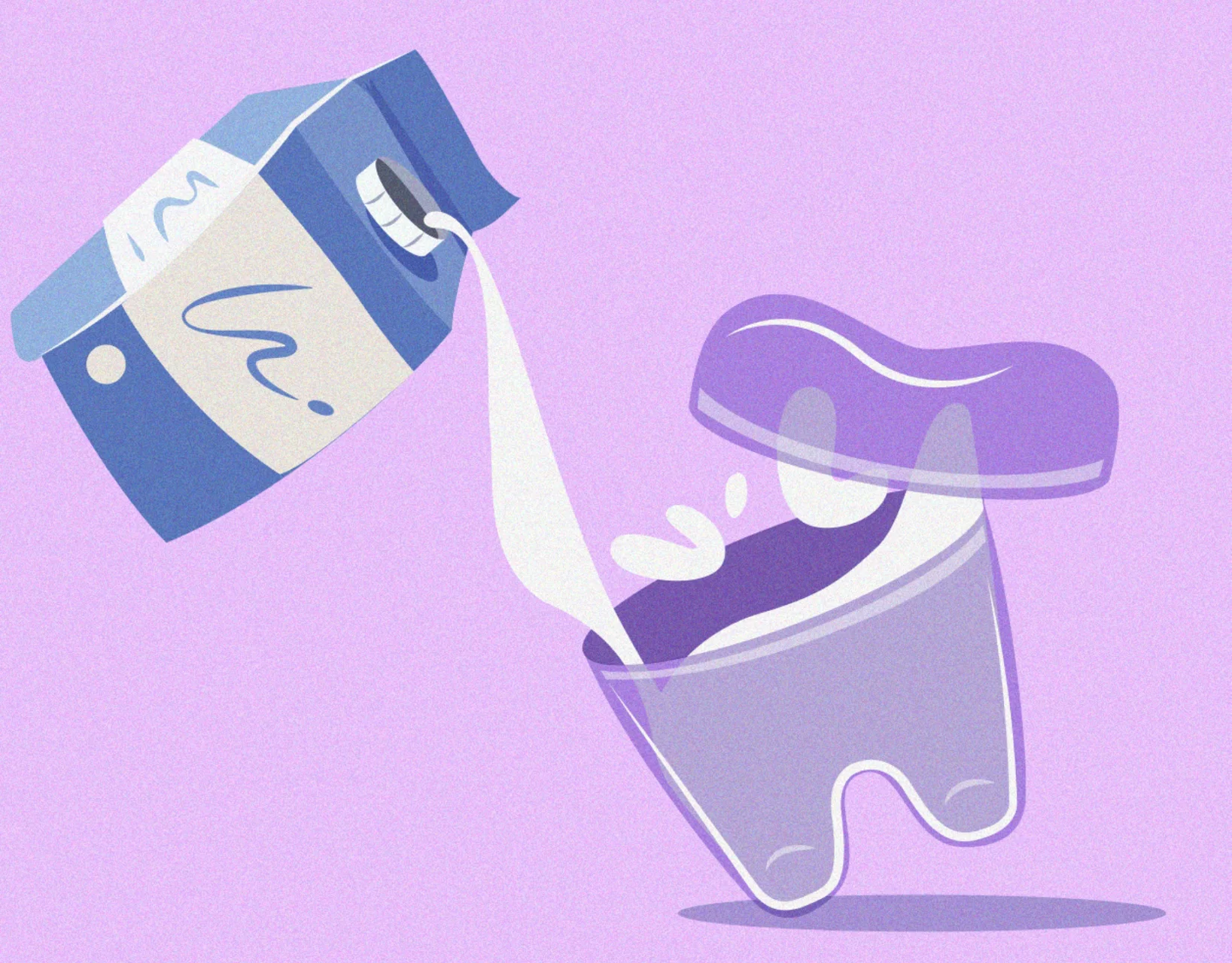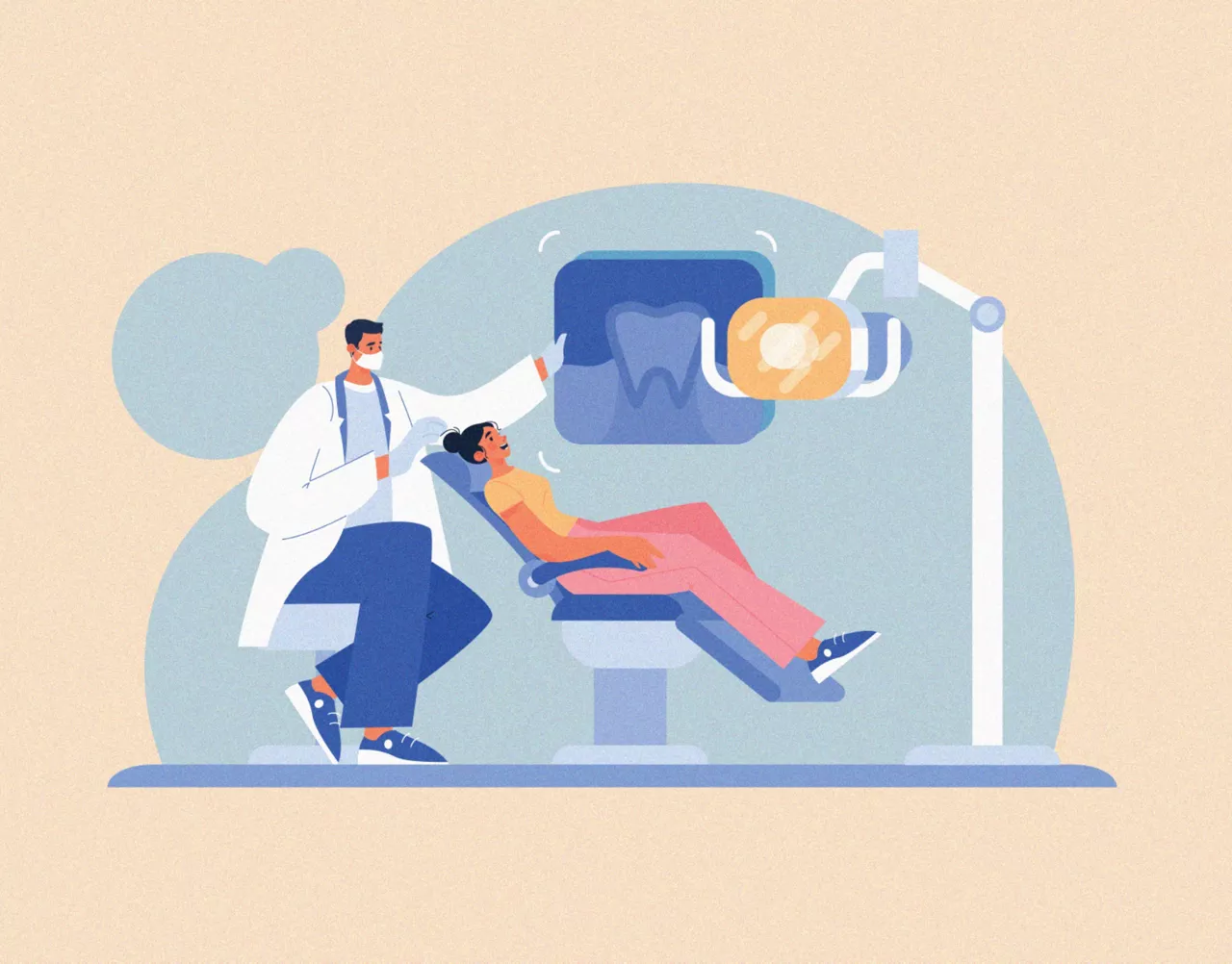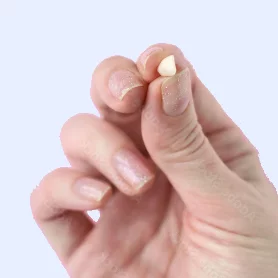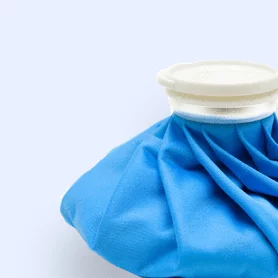How can we help?
- OVERVIEW
- ROUTINE CLEANING
- DENTAL HYGIENE
- CANCER SCREENINGS
- X-RAYS/IMAGING
- DENTURES
- DENTAL SEALANTS
- FLUORIDE TREATMENT
- FILLINGS
- SEDATION DENTISTRY
- DENTAL CROWNS
- BRIDGES
- ORALFITNESSCHECK
Types of Dental Fillings
Dentists may use several different types of tooth fillings to repair cavities. The most common options are gold fillings, amalgam fillings, compose fillings and ceramic fillings. Perhaps, you've heard of inlays or onlays, another name for fillings. Gold and other metals, like copper, comprise the mixture of these fillings. Despite gold fillings being the most expensive option, their durability is excellent. A gold filling can last for up to twenty (20) years or more.
Often, patients choose ceramic because it's aesthetically pleasing and long-lasting. Ceramic restorative fillings are stain-resistant, more abrasive resistant but cost nearly as much as gold fillings. The downside of ceramic is the fragility and larger size of the filling. Amalgam fillings are safe. A great deal of research has examined these fillings and found them to be an effective, long-lasting treatment for dental decay.
Amalgam, or silver, fillings are made with mercury, silver, tin, and copper. In some cases, other metals may be included in amalgam fillings, too. Composite resin matches the color of your tooth, but composite fillings can be less sturdy and more costly than silver or amalgam fillings.

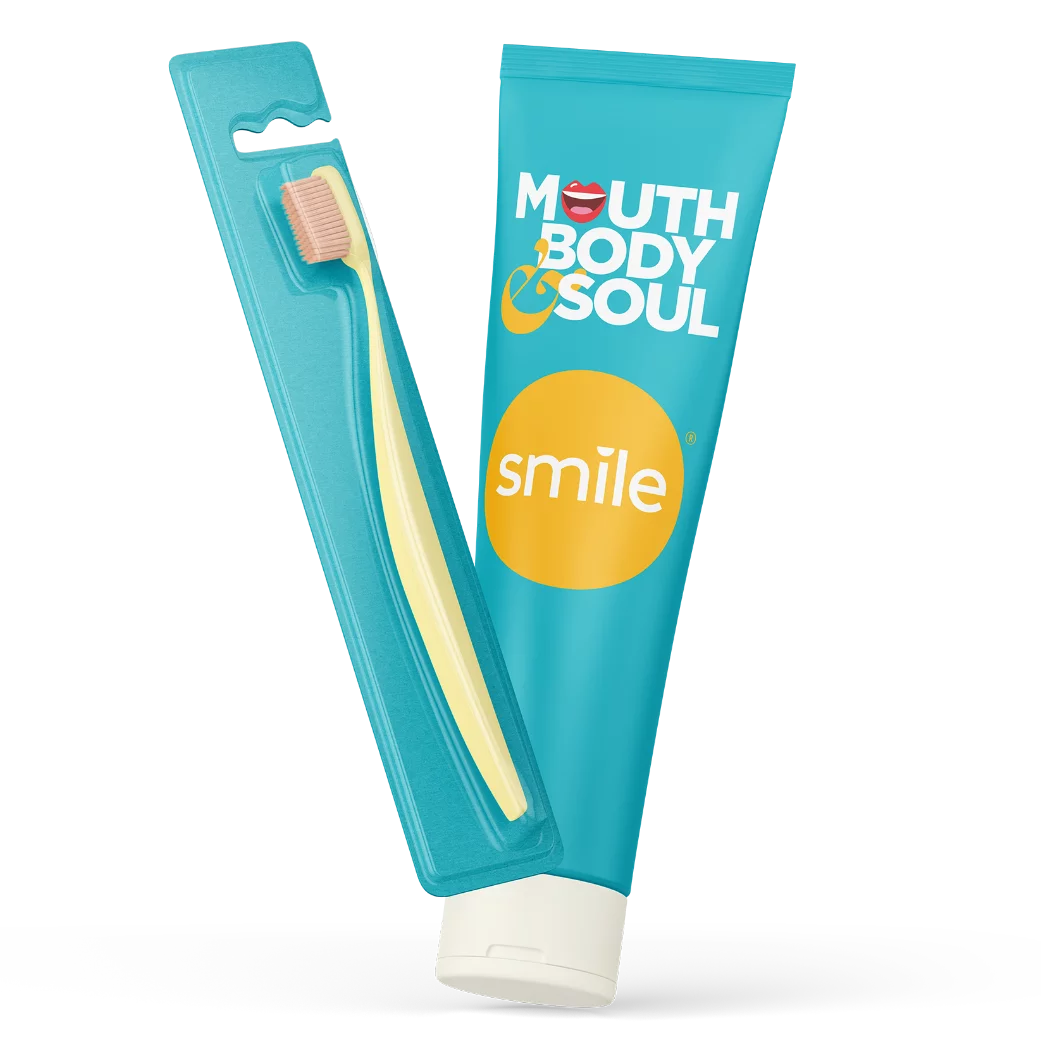

Book an Appointment Today
If you're unsure whether you need a filling, or haven't had a dental exam recently, schedule an appointment today.
Got questions?
We’ve got answers to all of your fillings questions. Browse our FAQs here or give us a call at 1-800-SMILEGEN.
| Yes, no type of filling is permanent, and all will need to be replaced eventually. Silver fillings, also called amalgam fillings, are more long-lasting than some other types and will last between 10 and 15 years. Smaller fillings will generally last longer than larger fillings. However, circumstances may require that your particular filling might need to be replaced sooner. That's why it's important to visit your dentist regularly to assess the state of your fillings. |
All types of dental fillings will need to be replaced eventually. Metal fillings, also called amalgam fillings, last longer than most types of materials and can last anywhere from 10 to 15 years, though circumstances may require them to be replaced earlier. The smaller the filling, the longer it will tend to last. However, it's important to make regular trips to your dentist to ensure that your filling is still in good shape.
Amalgam fillings are made with a mixture of metals such as silver, zinc, copper, tin, and mercury. They offer several benefits, including affordability, toughness, and longevity, but they also come with a few drawbacks. About 1% of patients have an allergic reaction to amalgam. They also require more of the tooth to be removed and can discolor the tooth they're placed in. In response to temperature changes, the metal can also expand and contract, which runs the risk of cracking the tooth. As with all dental procedures, it's important to speak to your dentist about all of your options to determine the best filling material for you.
Related Posts
Sources
MedicineNet. (n.d.). Dental Fillings: What Is a Dental Filling? https://www.medicinenet.com/fillings/article.htm
Colgate. (n.d.). What Is a Filling? Dental Fillings for Cavities. https://www.colgate.com/en-us/oral-health/fillings/what-is-a-filling
Coastal Dental Care. (n.d.). What Is a Tooth Filling? https://coastaldentalcare.com.au/blog/what-is-a-tooth-filling/
Crest. (n.d.). Cavity Fillings: What to Expect, Types, and Problems. https://crest.com/en-us/oral-health/conditions/cavities-tooth-decay/cavity-fillings-what-to-expect-types-problems


